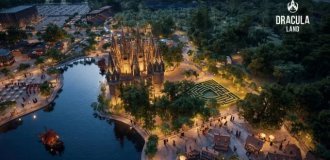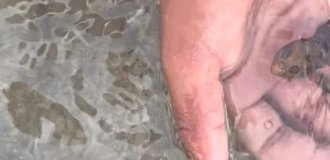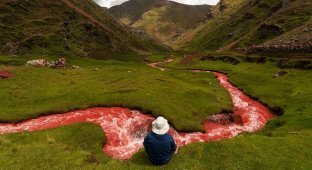The great man-made river of Libya. What Happened to Gaddafi's Grand Project (9 photos)
The desert is a place where water is everything. Without it, you can't survive, build a city, or feed people. And if you think the driest regions of the Earth are hopeless, remember Libya, a country that once solved this problem with a large-scale project. 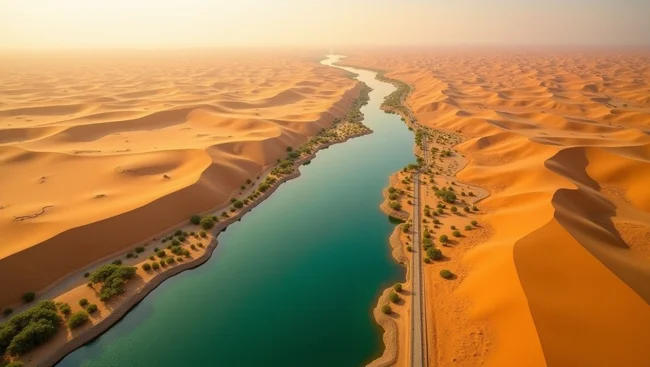
The people of North Africa called it the Eighth Wonder of the World. And it's no wonder. After all, a full-flowing river among lifeless sands is wonderful. And simply necessary for life.
Rain is so rare here that if Libya had a tradition of writing it down on a calendar, in some regions one sheet of paper would last a century.
And suddenly — a river. But not a natural one, but one created by human hands. Thousands of kilometers of pipes, tons of reinforced concrete and billions of dollars — all for the sake of making the desert green. 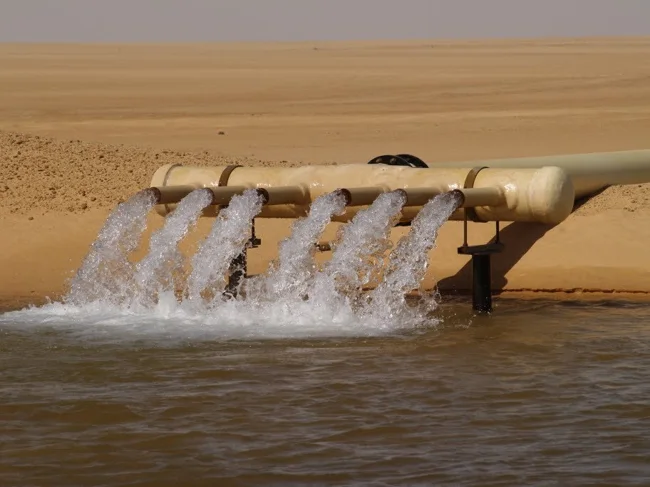
This is not a science fiction scenario. This is the Great Man-Made River of Libya — a project launched by Muammar Gaddafi.
And there were reasons for that: he really changed the face of the country, providing water to cities, fields and millions of people. But what happened to it after the death of its creator?
They were looking for oil, but found water
In 1953, geologists were scouring the south of Libya in search of oil. But under the sand, they found a completely different treasure - a giant underground reservoir of fresh water. No one expected to find such a thing under the Sahara! 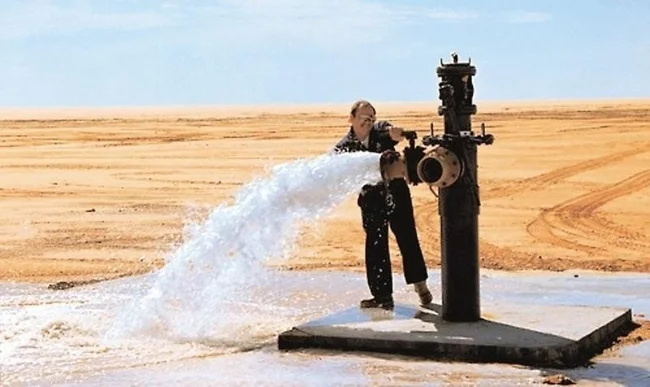
These were water reserves that formed when North Africa was flourishing.
The ancient underground aquifers were formed between 38,000 and 14,000 years ago. They accumulated during wetter climatic periods.
The volume of water found would be enough to cover the territory of a country like Germany with a layer of water about 100 meters deep.
However, there was one problem - raising this water to the surface and delivering it to populated areas is a task comparable in labor costs to building a megacity.
For a long time, this water treasure remained just an interesting fact.
Gaddafi came to power in 1969 and quickly realized that this resource could transform Libya from a desert state into a flourishing agricultural country. And he took on a grandiose project that forever changed the face of the country.
Gaddafi said: "The project will make the desert green, like the flag of the Libyan Jamahiriya" 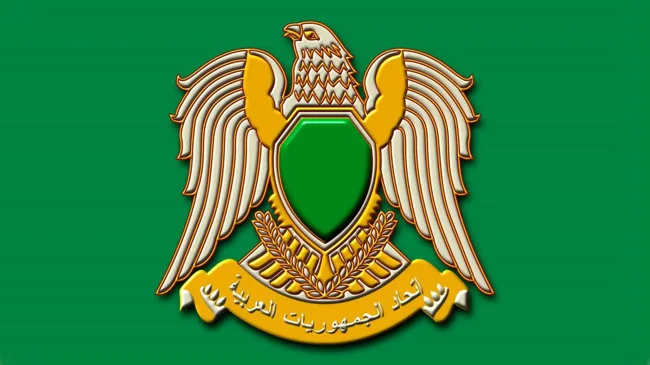
The waters of the Sahara (sounds like an oxymoron, but it is!) were supposed to revive Libya. The project was called the "Great Man-Made River" and became the largest irrigation facility in human history.
4,000 kilometers of pipelines were built. Compare: the Volga is 3,694 km!
It was longer than many European rivers. In terms of water volume, it was, of course, almost a thousand times inferior to the Volga. But for a desert state, this was a breakthrough. Remember, it was on rivers like these that the first human civilizations emerged!
The main idea of the project was to extract water from four underground basins and transport it through a network of pipelines to the densely populated northern coast. For this, more than 1,300 wells were drilled, some of which went 500 meters underground. 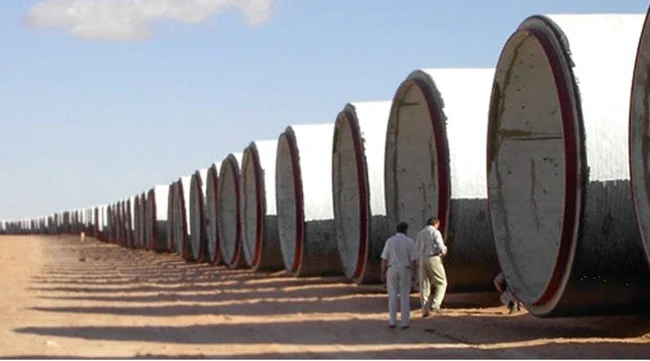
The river could supply 6.5 million cubic meters of water per day. This was enough to turn desert areas into fertile land. Gaddafi dreamed of green fields and oases capable of feeding the entire country.
The project cost Libya almost 30 billion dollars. Moreover, they did not invite foreign co-investors - they built it using Libya's own resources.
When the project began working, Libya changed.
Hundreds of thousands of people received water straight from the tap for the first time. In a country where its extraction had previously been backbreaking labor, this became a real revolution.
The desert turned green. Thanks to the Great Man-Made River, the area of irrigated land increased to 160,000 hectares. This allowed the country to be less dependent on food imports. It was planned to double the area of land.
Libya began actively growing wheat, oats, corn and barley.
New settlements. Houses, farms, and infrastructure began to be built along the pipelines. People moved from cities to the countryside because there was now water there.
Economy. The price of water for farmers was $0.62 per cubic meter, less than in most other countries. All this boosted agriculture. Libya was able to provide itself with food and become less dependent on imports.
The project was part of Gaddafi's social policy, the purpose of which was to redistribute oil revenues among the population. 
Technologically, the project was able to successfully coexist with nature without destroying it.
The river hardly required pumps. The water flowed by gravity, which minimized energy costs.
The riverbed was strong. For its construction, an entire plant was built in the city of El-Bureika, producing giant concrete pipes up to four meters in diameter.
It could have existed for centuries... If not for one "but".
Who killed the Great Man-Made River
In 2011, the Great Man-Made River found itself at the epicenter of war. When NATO began striking Libya, not only the military infrastructure but also the river itself came under bombardment. The pipe factory was destroyed by airstrikes.
This jeopardized the future of the project: the pipes could not be repaired or replaced, which meant that the system was gradually failing.
I remember the Western rhetoric of that time. How the Libyans were convinced that it was very necessary to overthrow their "dictator Gaddafi" for their own good.
And there were many other "benefits" besides the destruction of the river.
But the destruction from the bombs was not the worst thing. The civil war that engulfed the country after Gaddafi's death made it impossible to maintain the system. The water pipeline has fallen into the hands of militants, and many pumping stations and wells have fallen into disrepair. 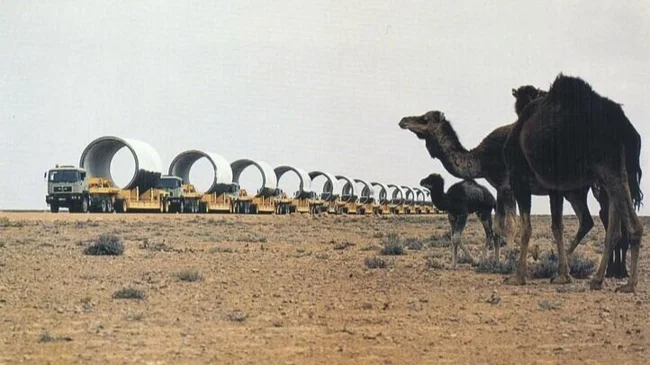
Today, the project that once supplied water to 70% of Libya's population is in crisis. Cities are again experiencing water shortages, and agriculture, which was thriving 15 years ago, is in decline.
Due to the chaos in the country, there is no maintenance or control. Some areas receive water irregularly, and some do not receive it at all. People have started using cisterns and wells again, as in previous centuries.
Is it possible to save the river
Theoretically, yes. In practice, it is almost impossible.
There is still a reserve in the underground basins. Water is extracted from the Nubian Aquifer, the largest underground reservoir of fresh water, which also covers Egypt, Chad and Sudan. It will not run out in a year, although experts warn: this is a non-renewable resource that will run out in about 60-100 years. 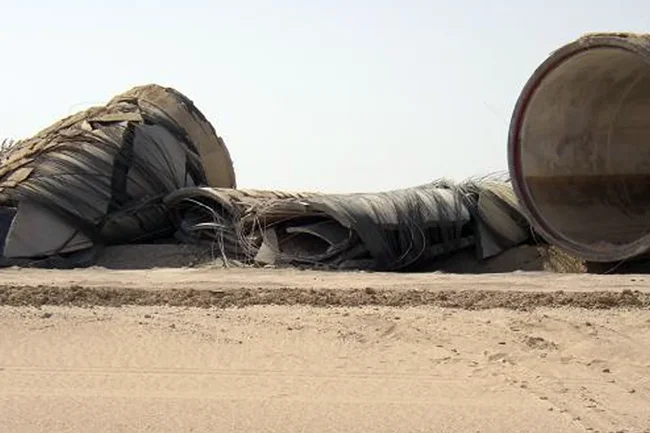
The Great Man-Made River project itself can technically be restored. But who will do it?
After the fall of Gaddafi, Libya effectively split into several parts controlled by different groups. The infrastructure is deteriorating, and any attempt to restore it is beset by political divisions and corruption.
A river that was once considered a symbol of independence and power is now a ghost. A gigantic but useless network of pipelines stretches across the Sahara, and in many places has dried up. 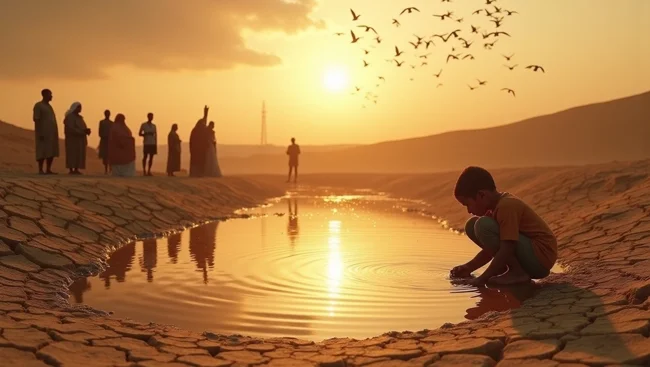
Ancient civilizations once created oases and irrigation canals that gave life to entire populations. The Great Man-Made River was a modern version of this miracle.
This story reminds us that technology alone is nothing without the people who can maintain it. And the human factor can play not only a plus, but also a minus.
Today, the Great Man-Made River is a monument not to engineering power, but to how easily human achievements can be destroyed by political squabbles.


